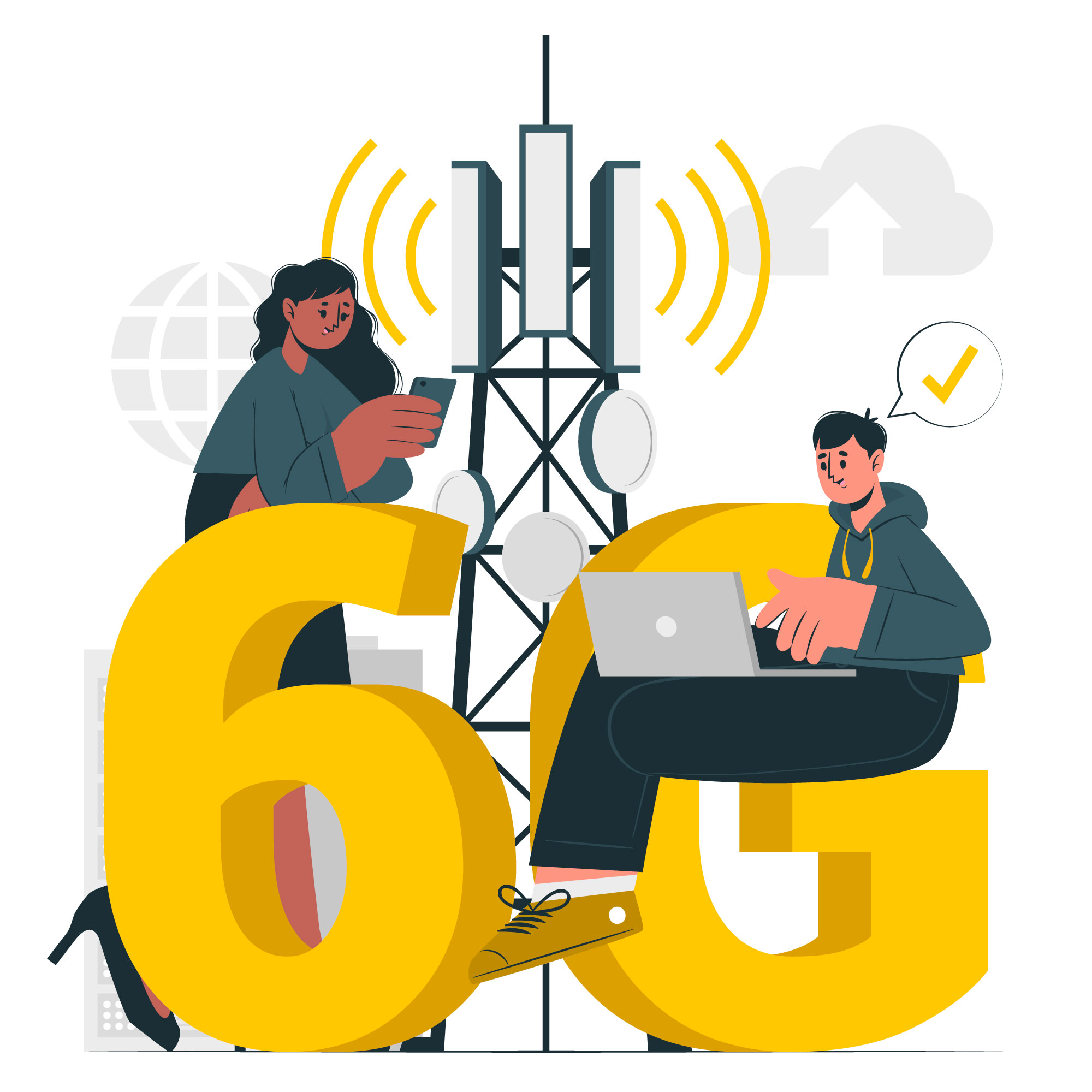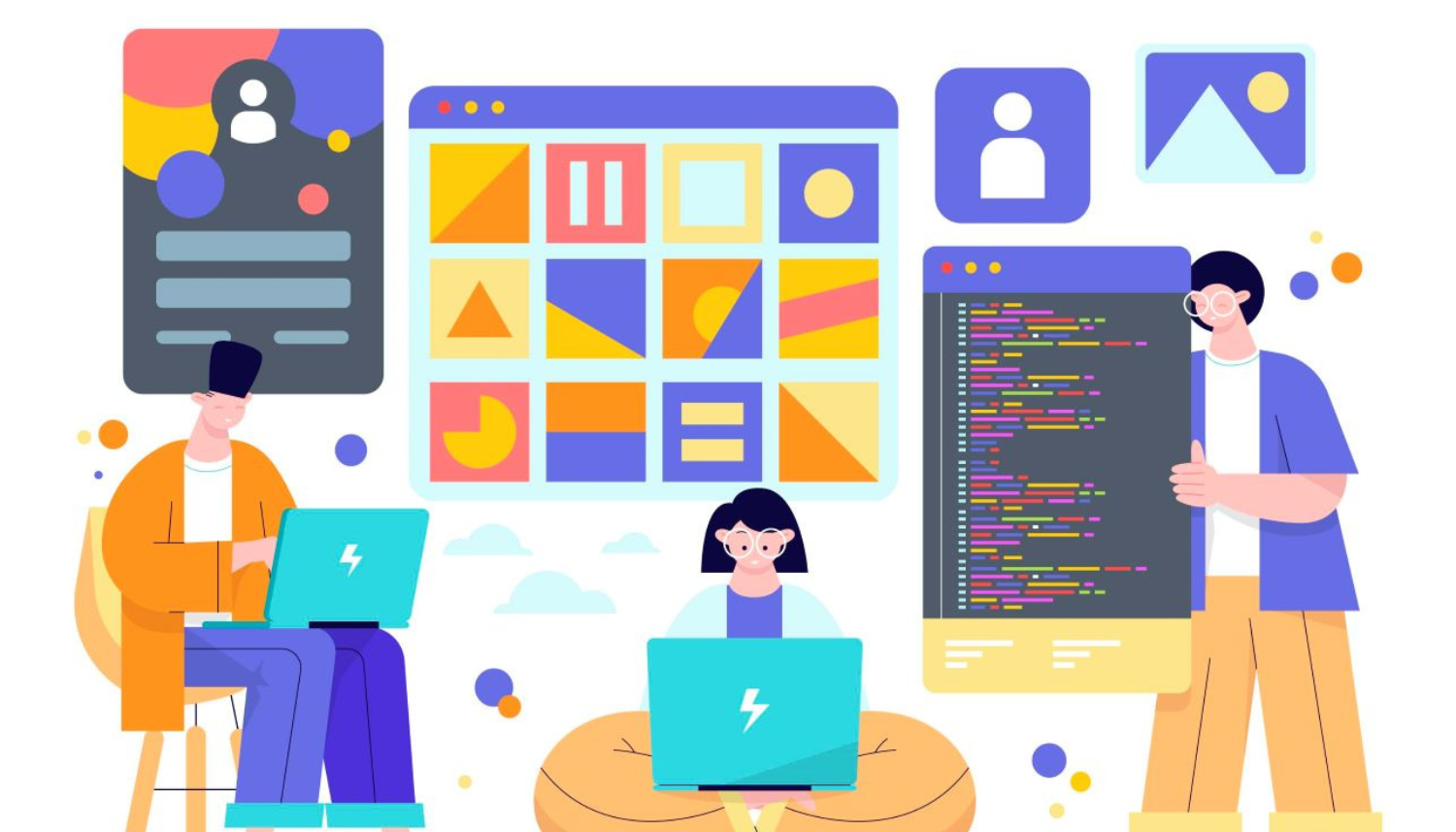The Impact of 3D and Immersive Web Design: Bringing Your Site to Life
- BY raiseinfosoft
- August 7, 2024
- 0 Comments
In the rapidly evolving landscape of web design, 3D and immersive elements are no longer the stuff of science fiction. They’re transforming websites from static pages into dynamic, engaging experiences that captivate users and set brands apart. Whether it’s through interactive 3D models or virtual reality (VR) environments, these technologies are pushing the boundaries of what’s possible online. Let’s dive into how 3D and immersive web design are making waves and how you can leverage these trends to elevate your website.
The Rise of 3D Web Design
3D design has moved beyond video games and movies to become a significant trend in web design. Here’s how it’s making an impact:
1) Enhanced Visual Appeal: 3D elements add depth and realism to websites, making them visually striking and engaging. Interactive 3D models can showcase products in a way that static images never could, offering users a more realistic preview.
2) Improved User Interaction: 3D elements can react to user input, such as mouse movements or clicks, creating a more interactive experience. This can be particularly effective for product visualizations, where users can rotate and examine items from all angles.
3) Innovative Storytelling: Brands are using 3D animations to tell their stories in more immersive ways. For example, 3D animations can walk users through a company’s history or illustrate complex concepts in a visually compelling manner.
Immersive Experiences with Virtual Reality (VR) and Augmented Reality (AR)
Virtual reality (VR) and augmented reality (AR) are taking web design to new dimensions by creating fully immersive experiences:
1) Virtual Tours: Websites are incorporating VR to offer virtual tours of spaces such as real estate properties, hotels, and museums. Users can explore these spaces as if they were physically there, which enhances engagement and helps in decision-making.
2) AR Integration: AR allows users to interact with digital content overlaid on the real world. For example, an e-commerce site might use AR to let users see how furniture would look in their own home before making a purchase. This can significantly boost confidence in buying decisions.
3) Interactive Learning: Educational websites are using VR and AR to create interactive learning experiences. Students can explore historical events, scientific phenomena, or complex machinery in an engaging and hands-on manner.
Technical Considerations and Challenges
While 3D and immersive web design offer exciting possibilities, they also come with certain challenges:
1) Performance Optimization: 3D and immersive elements can be resource-intensive, potentially impacting page load times and overall performance. Optimizing assets and using efficient coding practices are crucial to maintaining a smooth user experience.
2) Browser and Device Compatibility: Ensuring that 3D and VR/AR experiences work across different browsers and devices requires careful consideration. Using web standards like WebGL for 3D graphics and frameworks like A-Frame for VR can help address compatibility issues.
3) User Experience Design: Integrating 3D and immersive elements should enhance, not detract from, the user experience. It’s essential to balance visual appeal with usability, ensuring that interactive features are intuitive and accessible.
Tools and Technologies for 3D and Immersive Design
Several tools and technologies are making it easier for designers to incorporate 3D and immersive elements into their websites:
1) Three.js: A popular JavaScript library for creating 3D graphics in the browser. It allows developers to build complex 3D scenes and animations that run smoothly on modern web browsers.
2) Babylon.js: Another powerful JavaScript framework for 3D rendering, offering a wide range of features for creating interactive 3D experiences.
3) WebVR and WebXR: APIs that enable VR and AR experiences on the web. They provide the functionality needed to create immersive environments and integrate them into web applications.
4) A-Frame: A web framework for building VR experiences using HTML-like syntax. It simplifies the process of creating VR content and makes it accessible to web developers.
Future Trends in 3D and Immersive Web Design
As technology continues to advance, we can expect even more innovative uses of 3D and immersive design:
1) Haptic Feedback: The integration of haptic feedback, which provides physical sensations in response to virtual interactions, will further enhance the immersion of web experiences.
2) AI-Powered Interactivity: AI will enable more responsive and adaptive 3D environments that react intelligently to user behavior, creating more personalized and engaging experiences.
3) Seamless Integration: The lines between 3D web design, VR, and AR will continue to blur, leading to more seamless and integrated immersive experiences across different platforms and devices.










